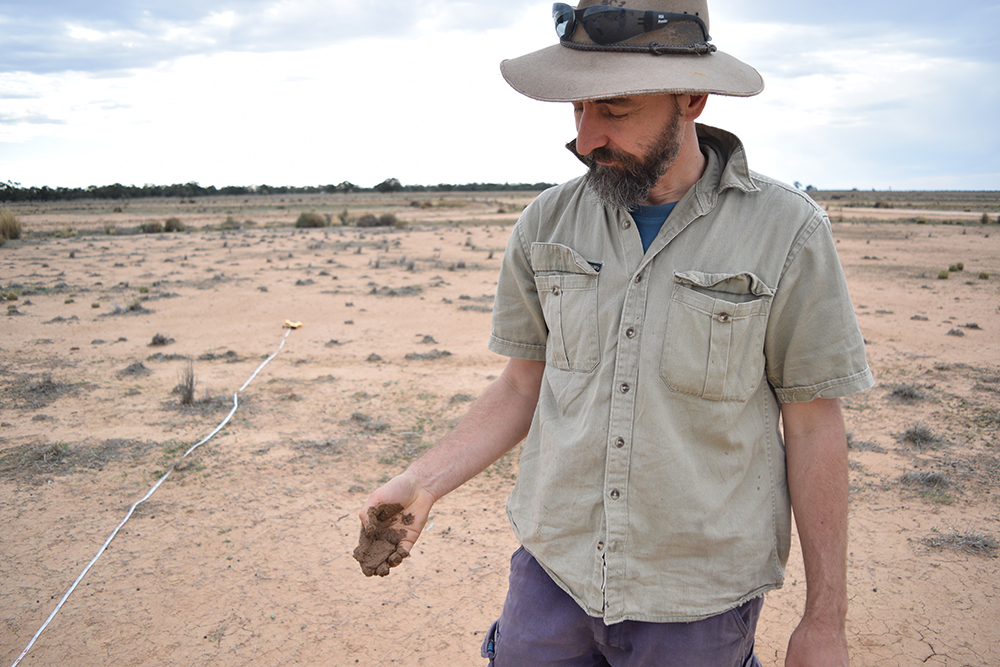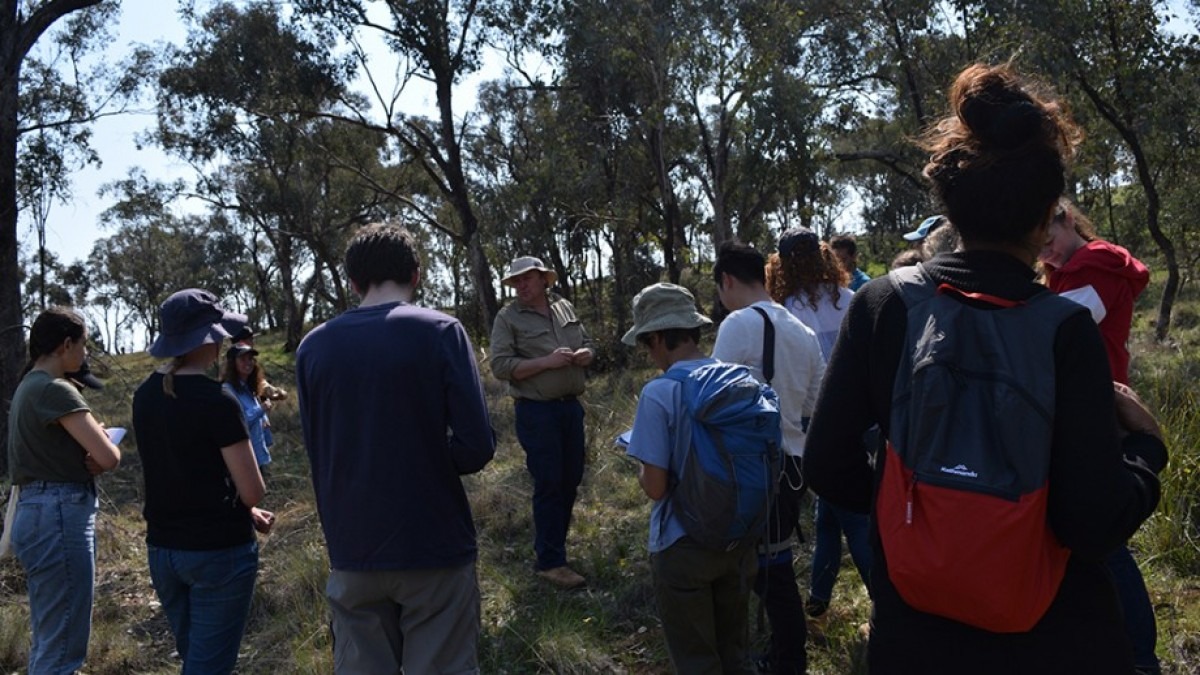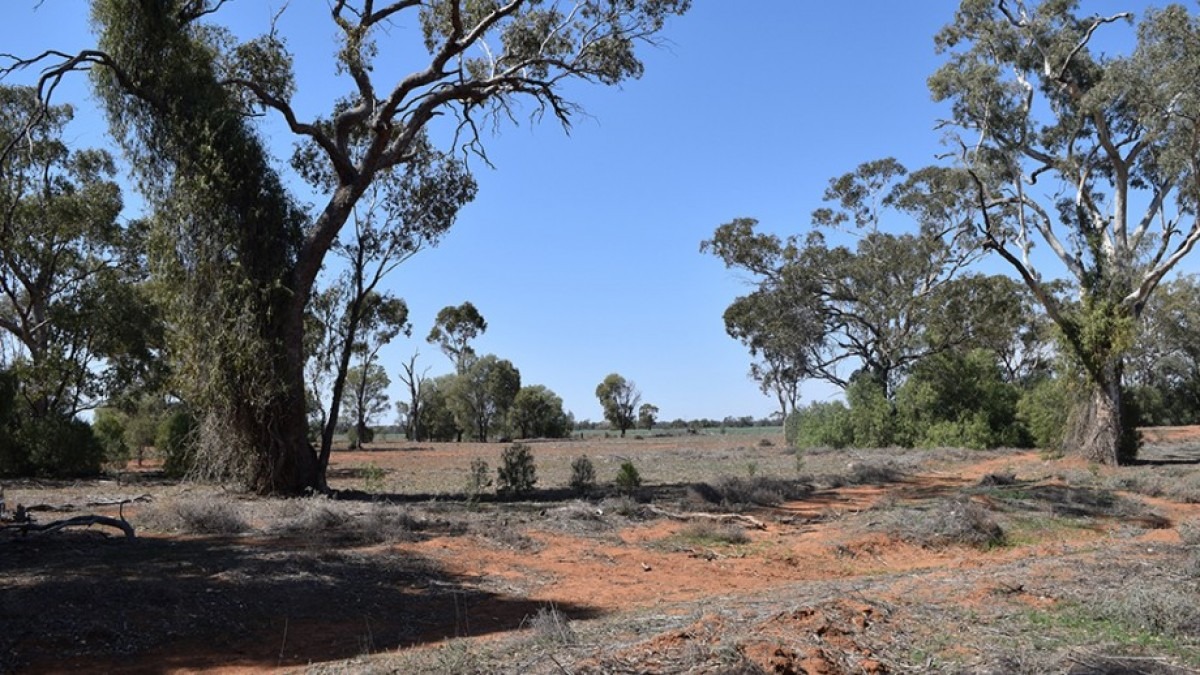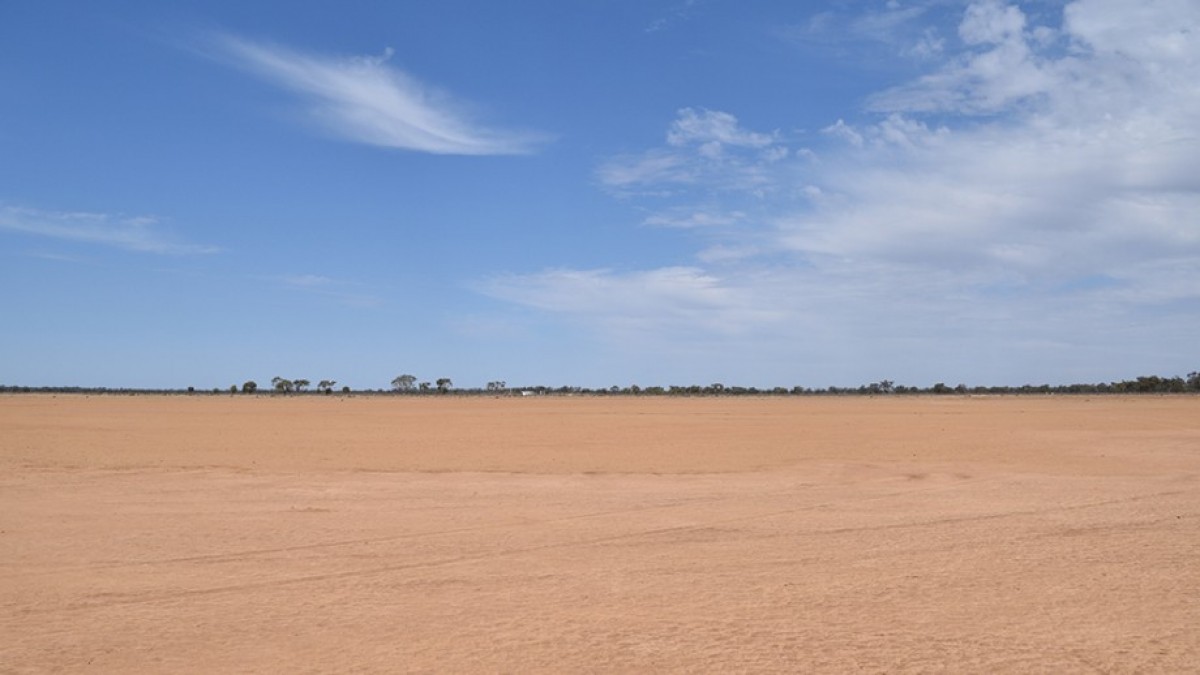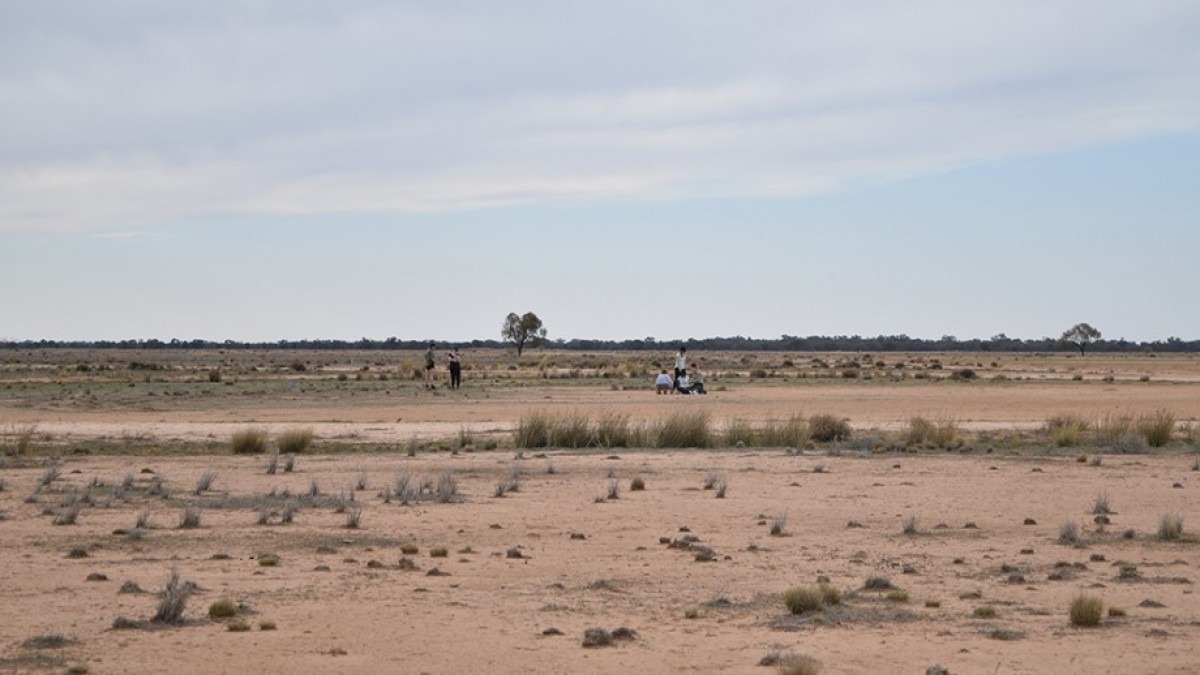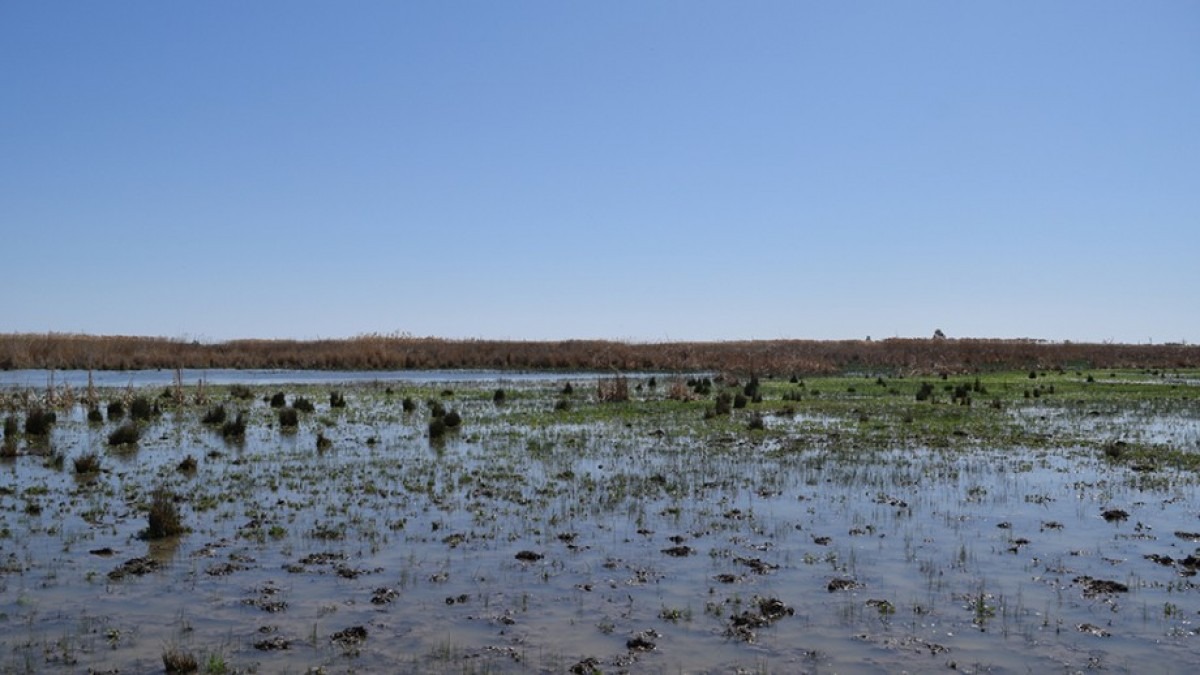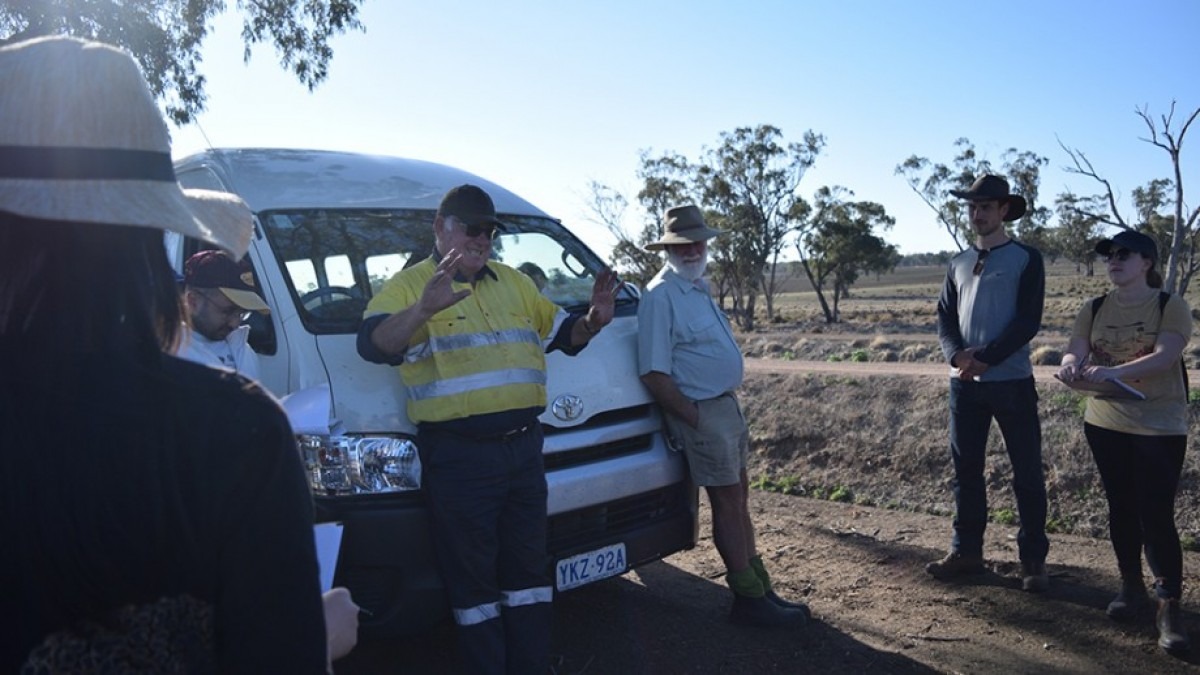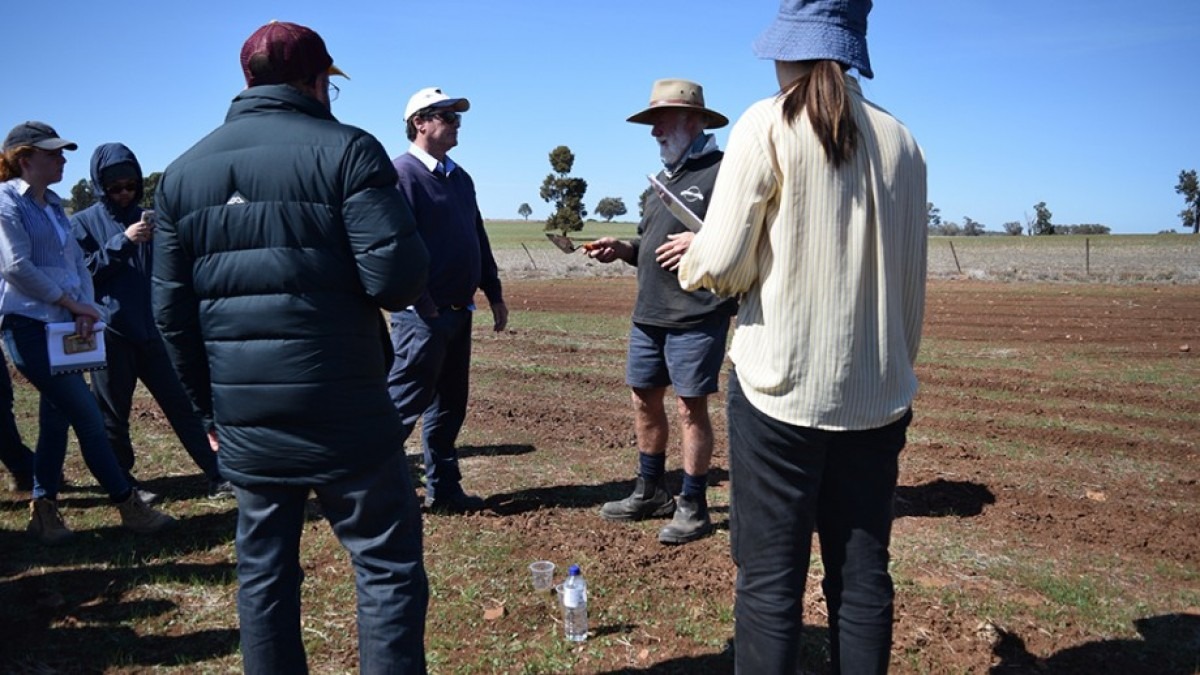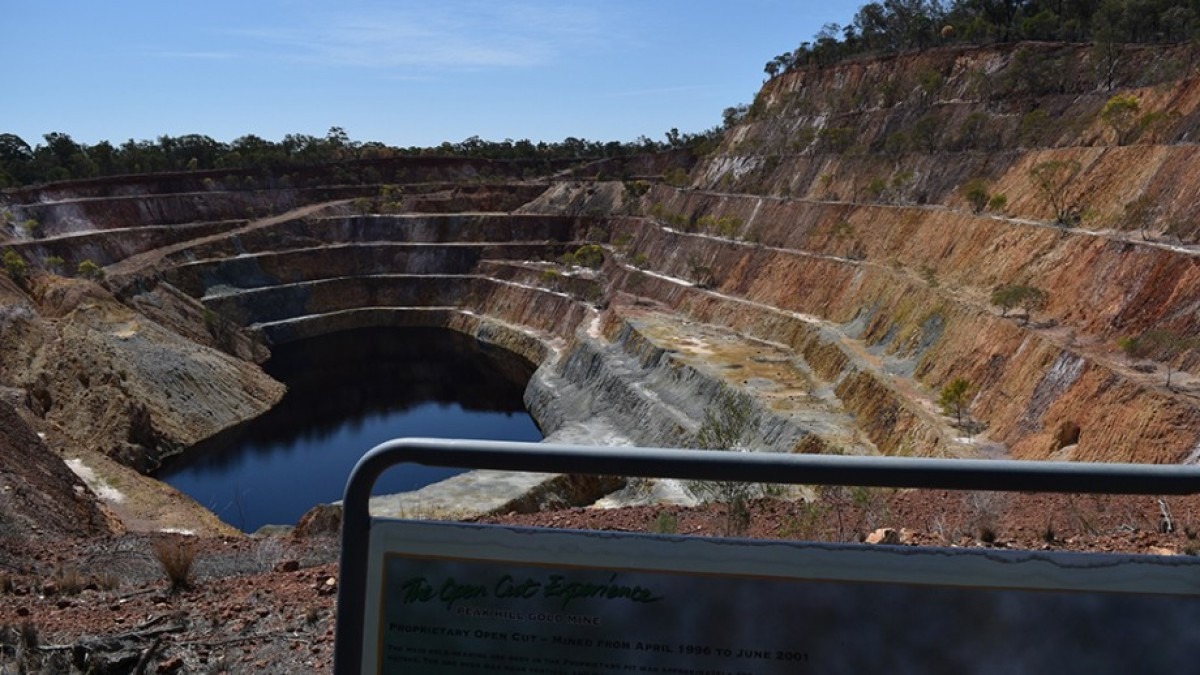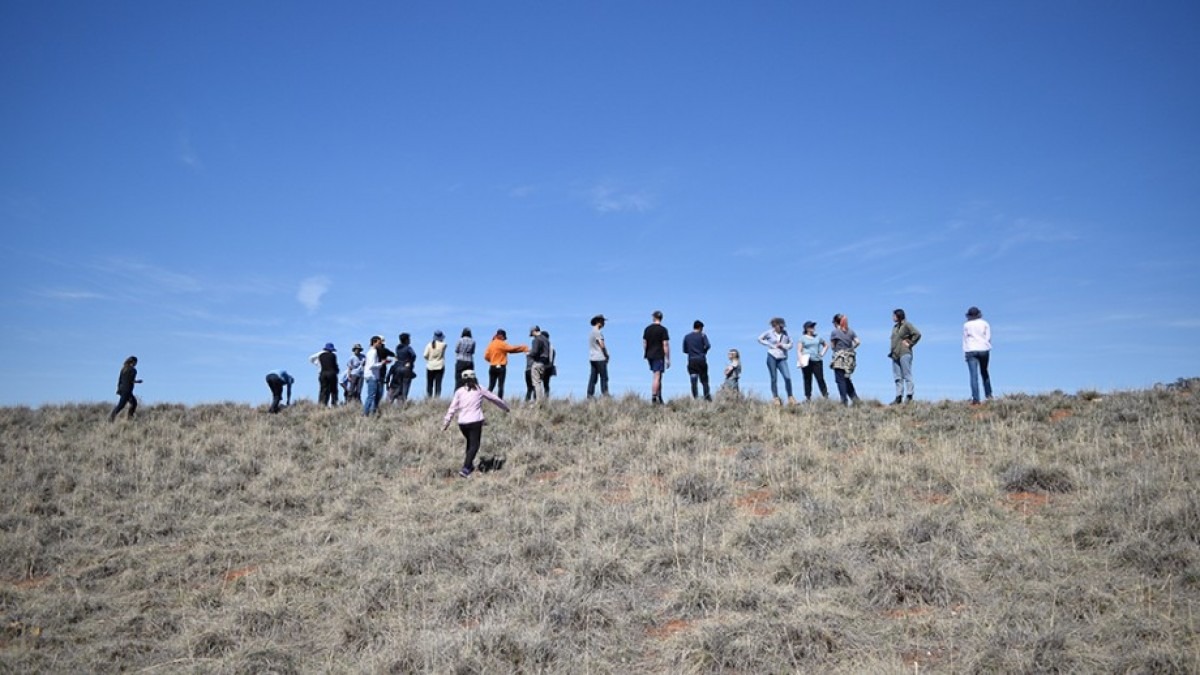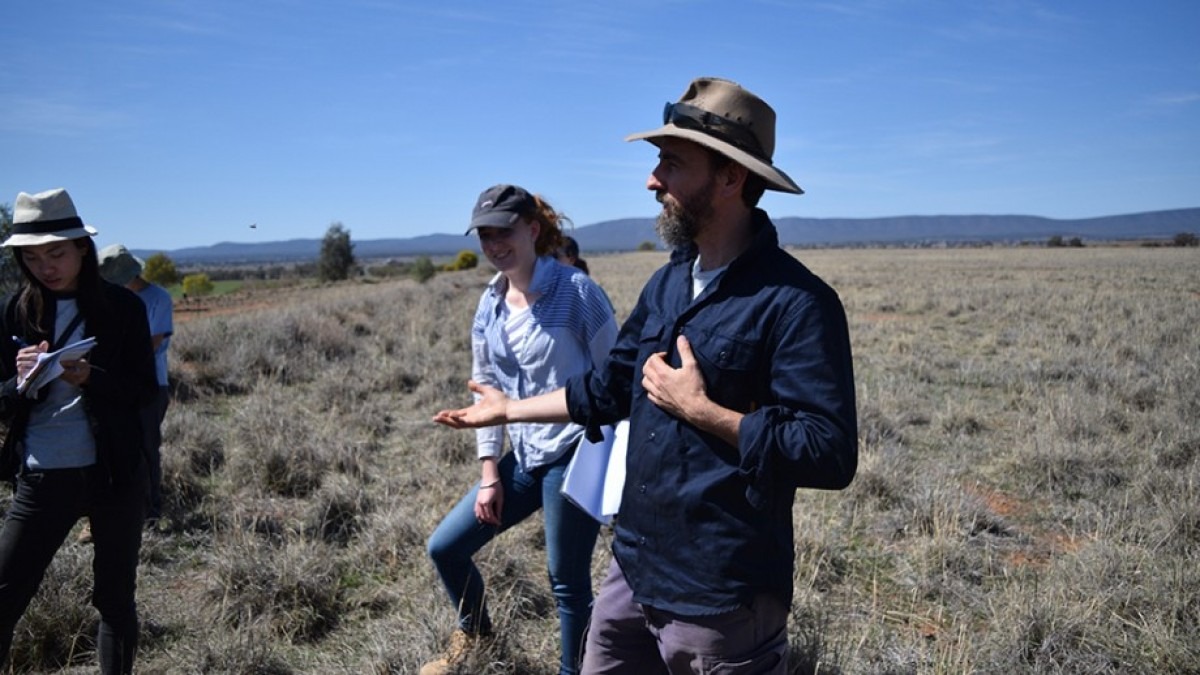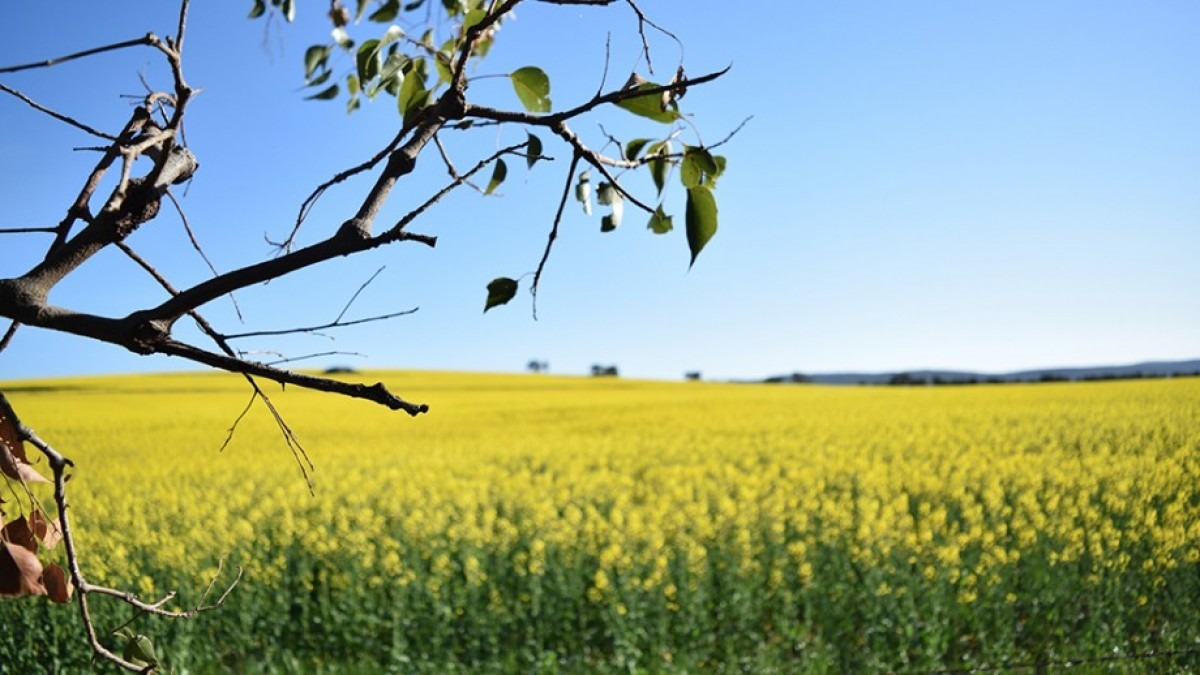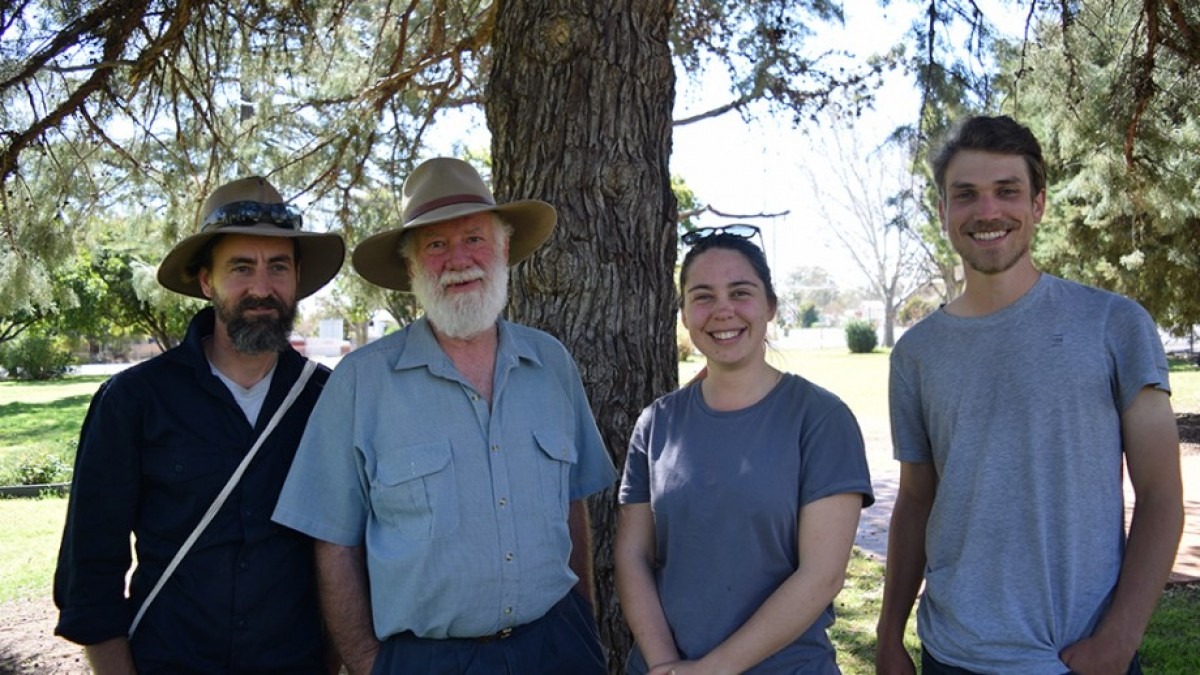Land and catchment management in the rangelands of Central West NSW
In the heart of the dry rangelands, competing interests for resource use can cause tension between those involved, particularly in crucial times of drought. The students of the ENVS3004 Land and Catchment Management course spent four days in Wiradjuri Country, Central West NSW speaking to a range of stakeholders about land uses of many kinds. From mining, to farming, to conservation, the field trip allowed us to experience the perspectives of various groups, and balancing such subjective interests is at the core of land and catchment management.
This was a cemetery site that had not been cleared, like the surrounding pasture country. It was fascinating to learn about how land use affects soil and water processes, and the importance of appropriate vegetation in maintaining ecosystem health.
One thing I love about field trips is how we learn to read landscapes in ways we wouldn’t have picked up otherwise. While on a train from Canberra to Sydney a few days after this field trip, seeing bare country made me think about high erosion rates and resulting impacts on nearby water bodies and those who depend on them, which was something I had never thought about the countless times I had done that journey before.
This method uses seemingly negligible changes in terrain (slope) to direct water received by this dry landscape. Innovation is everywhere in the work that farmers do, and I loved learning about the range of methods employed on the farms we visited to address the problems they face on their properties.
The soil was really sticky and got all up under my nails when I tried to conduct a soil surface texture test, but Craig seems to be enjoying it!
I first carried out LFA when I did the ENVS2018 Environmental Science Field School course last year, and I didn’t think it would come into practice for the rest of my degree, let alone my career in the future. But speaking to farmers and mining employees, it is a really useful tool to understand soil and vegetation conditions which is not too complicated to learn!
The Macquarie Marshes Nature Reserve is not open to the public – apart from some observation areas – in order to protect the vulnerable ecosystem. It was a great privilege to be able to learn from NSW National Parks and Wildlife Service ranger Nicola Brookhouse about the ways that they monitor and promote wetland health.
I grew up in Singapore, an urban jungle, and didn’t know any farmers in person growing up. For people like me, it can be easy to make assumptions about what farmers are like or wish for. When it comes to stakeholder engagement, however, it’s crucial to embrace the subjectivity of each party, recognising that everyone merely wants to ensure the well-being of their families and communities. Addressing complex matters through forming genuine relationships between stakeholders to understand various points of view, can encourage a collaborative (rather than a combative) approach and build stronger, more resilient communities.
I love trains, so this was a very cool experience. The only issue was how quick the girls’ bunk went through our limited toilet paper supply!
Like soil surface texture tests, slake tests are also a part of Landscape Function Analysis. It measures the resistance a soil sample has to weakening and disintegration resulting from wetting and drying.
Mike Sutherland, NSW General Manager of Alkane Resources Limited, told us that the water in the middle of the mine was at pH 1. For those who don’t speak chemistry, pH is a measure of acidity, and that’s a very acidic solution: more acidic than vinegar, and almost as acidic as battery acid! Makes swimming in Lake Burley Griffin a little less scary, hey?
Looks like a scene from a coming-of-age movie. Nothing too deep, just thought it was a pretty sight!
I can’t exactly remember what he was saying in this photo, as I was too busy trying to capture the perfect pose as he gestured through his spiel.
Canola is a common crop to rotate with wheat. Crop rotation is crucial to preventing the depletion of certain soil nutrients, mitigating the build-up of pathogens and pests associated with mono-cropped species, and reduces erosion. We didn’t visit any canola farms, but we certainly saw many of them on our long drives through the rangelands!
Thank you so much Craig, John, Anna and Wolfram for your time and work! Much love.
